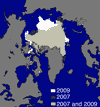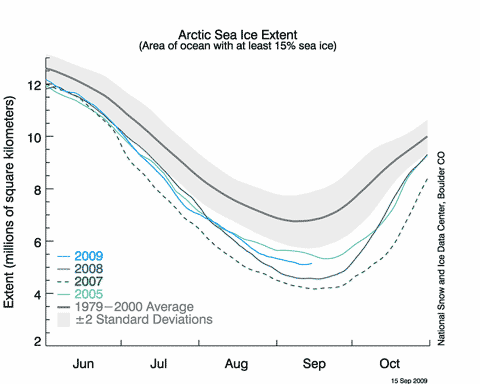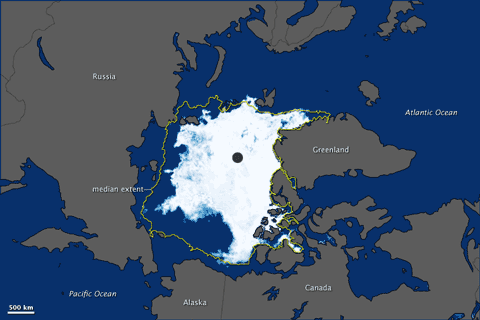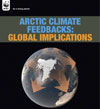[youtube]_m-M37vc-m0[/youtube]
In this beginner’s guide Tom Wagner, NASA’s cryosphere programme manager, outlines why studying Arctic sea ice is important, illustrating his talk with some great graphics. Meanwhile, the NSIDC has announced the final figures for September’s sea ice minimum:
The average ice extent over the month of September, a reference comparison for climate studies, was 5.36 million square kilometers (2.07 million square miles). This was 1.06 million square kilometers (409,000 square miles) greater than the record low for the month in 2007, and 690,000 square kilometers (266,000 square miles) greater than the second-lowest extent in 2008. However, ice extent was still 1.68 million square kilometers (649,000 square miles) below the 1979 to 2000 September average.
NSIDC scientist Walt Meier thinks there may be some hope of “stabilising” the ice after recent heavy losses:
We’ve preserved a fair amount of first-year ice and second-year ice after this summer compared to the past couple of years. If this ice remains in the Arctic through the winter, it will thicken, which gives some hope of stabilizing the ice cover over the next few years. However, the ice is still much younger and thinner than it was in the 1980s, leaving it vulnerable to melt during the summer.
But will there be a longer term recovery back towards the sort of ice cover seen before 2000? The NSIDC team doesn’t think so.
NSIDC lead scientist Ted Scambos said, “A lot of people are going to look at that graph of ice extent and think that we’ve turned the corner on climate change. But the underlying conditions are still very worrisome.â€
After a couple of cool summers, one wonders what impact another warm year might do to the ice. As ever, I shall be watching next year with great interest…

 British geologist
British geologist  The National Snow and Ice Data Centre
The National Snow and Ice Data Centre 

 The
The